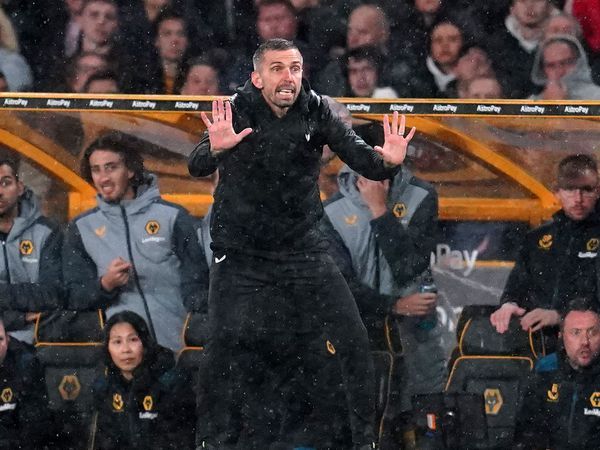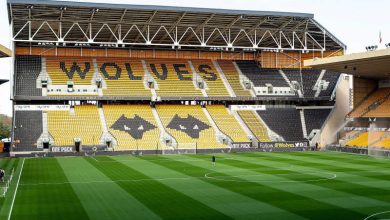Wolves boss Gary O’Neil not interested in apology after controversial penalty….

Wolves boss Gary O’Neil not interested in apology after controversial penalty decision
Boss Gary O’Neil joked officials must be careful when refereeing Wolves or face getting relegated to the Championship.
The manager was fuming after Saturday’s 2-2 draw against Newcastle following Callum Wilson’s controversial penalty.
Referee Anthony Taylor gave the Magpies a spot-kick, ruling Hwang Hee-chan tripped Fabian Schar despite replays appearing to show no contact.
The five-person PGMOL independent panel, which reviews officials’ decisions, unanimously stated it should not have been given while it was 4-1 in favour of VAR overturning the call.
Taylor has been demoted to the Championship and will take control of Preston’s visit of Coventry – the first time he has refereed in the second tier since 2019.
He follows Simon Hooper after he was dropped to referee Leicester’s win at Rotherham following Wolves’ 1-0 opening-day defeat at Manchester United when they were denied a clear penalty after Andre Onana clattered Sasa Kalajdzic.
Josh Smith was refereeing his first Premier League game and returned to the EFL after awarding Luton a dubious penalty for handball in Wolves’ 1-1 draw in September.
An exasperated O’Neil insisted the standards must improve but still offered a tongue-in-cheek opinion.
He said: “I think Anthony Taylor is doing a Championship game this weekend so that’s three referees who have been relegated on the back of refereeing us.
“So you need to be careful when you referee Wolves because you could end up in the Championship the following week.
“I haven’t received an apology and I don’t want one, apologies aren’t going to help. Hopefully the level improves.
“A better level of refereeing is where I’m at with it, there’s too many mistakes.
“We are all held to high levels in what we do, the players are, I am, refereeing the same. They say these things even themselves up but I don’t see that happening. We have been on a bad end too many times.
“Hopefully things start to improve, for them as well, because I’m sure they are feeling under pressure and the spotlight is on them with the mistakes being made.”




